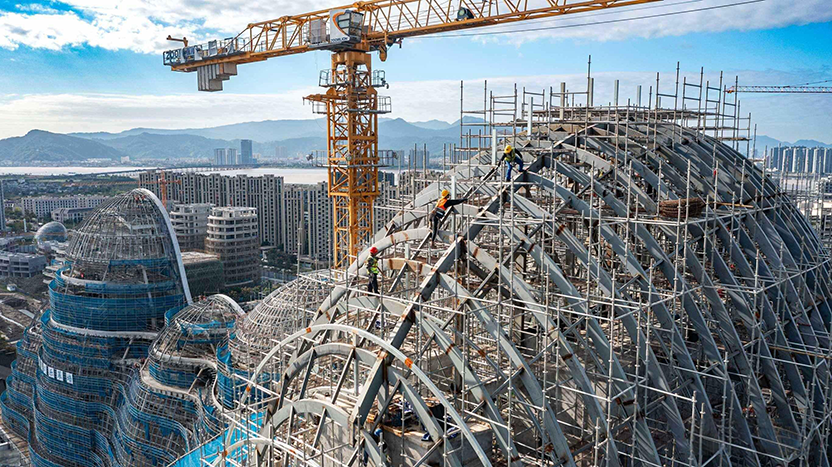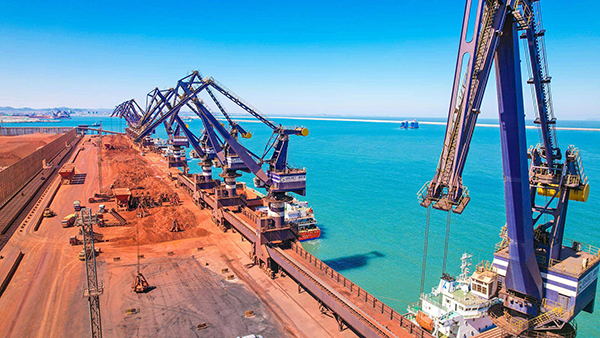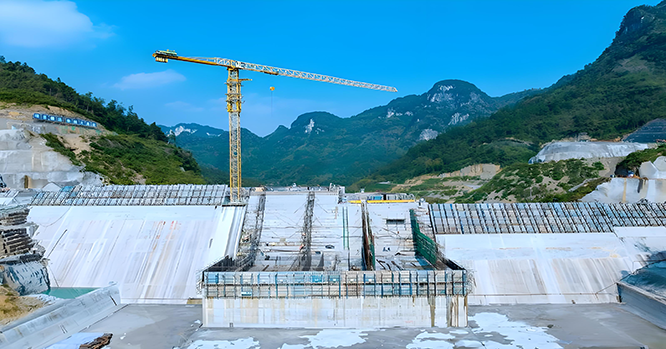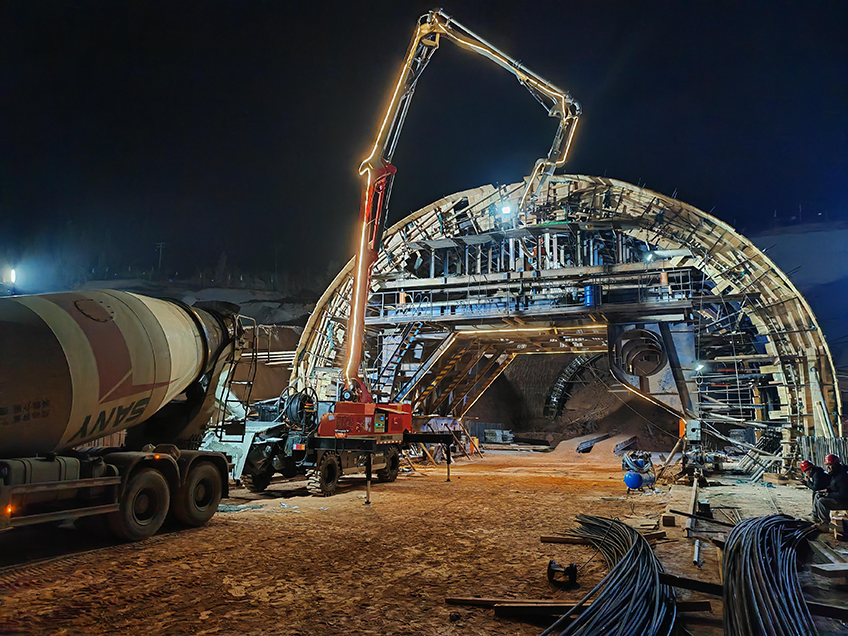导航栏
The "QAIT" company actively engages in the infrastructure engineering sector with a wide-ranging business scope, covering the construction of transportation, energy, water conservancy, urban and other infrastructure. Specifically, it includes the construction of water conservancy facilities such as reservoirs and dams, energy facilities such as power plants, substations and oil-gas pipelines, transportation facilities such as airports and ports, as well as urban infrastructure such as water supply and drainage systems, sewage treatment facilities and communication networks.
1.Infrastructure Engineering Overview
Infrastructure engineering, namely infrastructure construction projects, refers to the material engineering facilities that provide public services for social production and residents' lives. It is a public service system used to ensure the normal operation of social and economic activities in a country or region.
2.Main content

Urban Cultural Center
(1)Transportation infrastructure: including highways, railways, bridges, tunnels, airports, ports, etc. For example, the construction of expressways can improve transportation efficiency and promote economic exchanges between regions; the new construction or expansion of airports can enhance the air transportation capacity of the region and strengthen ties with other domestic and foreign regions.

Port Construction
(2)Energy infrastructure: covering power plants, substations, transmission lines, oil and gas pipelines, etc. Power plants provide electrical energy for society, and transmission lines deliver electricity to various user terminals; oil and gas pipelines are responsible for the transportation of energy such as oil and natural gas to ensure stable energy supply.
(3)Water conservancy infrastructure: including reservoirs, dams, irrigation channels, flood control dikes, etc. Reservoirs and dams can regulate the spatial and temporal distribution of water resources for flood control, irrigation, water supply, etc.; irrigation channels deliver water resources to farmland to ensure agricultural production; flood control dikes can withstand floods and protect the lives and property of coastal areas.
(4)Urban infrastructure: including urban roads, water supply and drainage systems, sewage treatment plants, waste treatment facilities, communication networks, etc. Urban roads are the arteries of urban traffic, and the water supply and drainage systems ensure the domestic water use of residents and the drainage needs of cities; sewage treatment plants and waste treatment facilities help protect the environment, while communication networks meet people's needs for information exchange and communication.
3.Functions and Significance
(1)Promoting Economic Growth: Large-scale investment in infrastructure projects can directly drive the development of related industries such as construction, steel, cement, and machinery, creating a large number of employment opportunities, boosting domestic demand, and promoting rapid economic growth. At the same time, sound infrastructure conditions can reduce the operating costs of enterprises, improve production efficiency, attract more investment and industrial agglomeration, and provide strong support for economic development.

Reservoir Construction
(2)Improving People's Livelihood and Well-being: High-quality infrastructure projects can greatly improve people's living conditions. For example, well-developed transportation infrastructure makes travel more convenient; clean and hygienic water supply and sewage treatment systems safeguard residents' physical health; and good communication networks enable people to obtain information more timely and enjoy convenient online services.
(3)Promoting the urbanization process: The continuous improvement of urban infrastructure is an important symbol and support for urbanization. It can attract the migration of rural population to cities, promote the expansion of urban scale and the improvement of functions, enhance the carrying capacity and service level of cities, and accelerate the development of the urbanization process.

Tunnel Engineering
(4)Enhancing National Competitiveness: Advanced infrastructure is an important manifestation of a country's comprehensive strength and helps improve its competitiveness in the global economy. Efficient infrastructure in transportation, energy, and communication enables a country to more effectively participate in international division of labor and cooperation, attract investment from multinational enterprises, and enhance its industrial competitiveness and international influence.